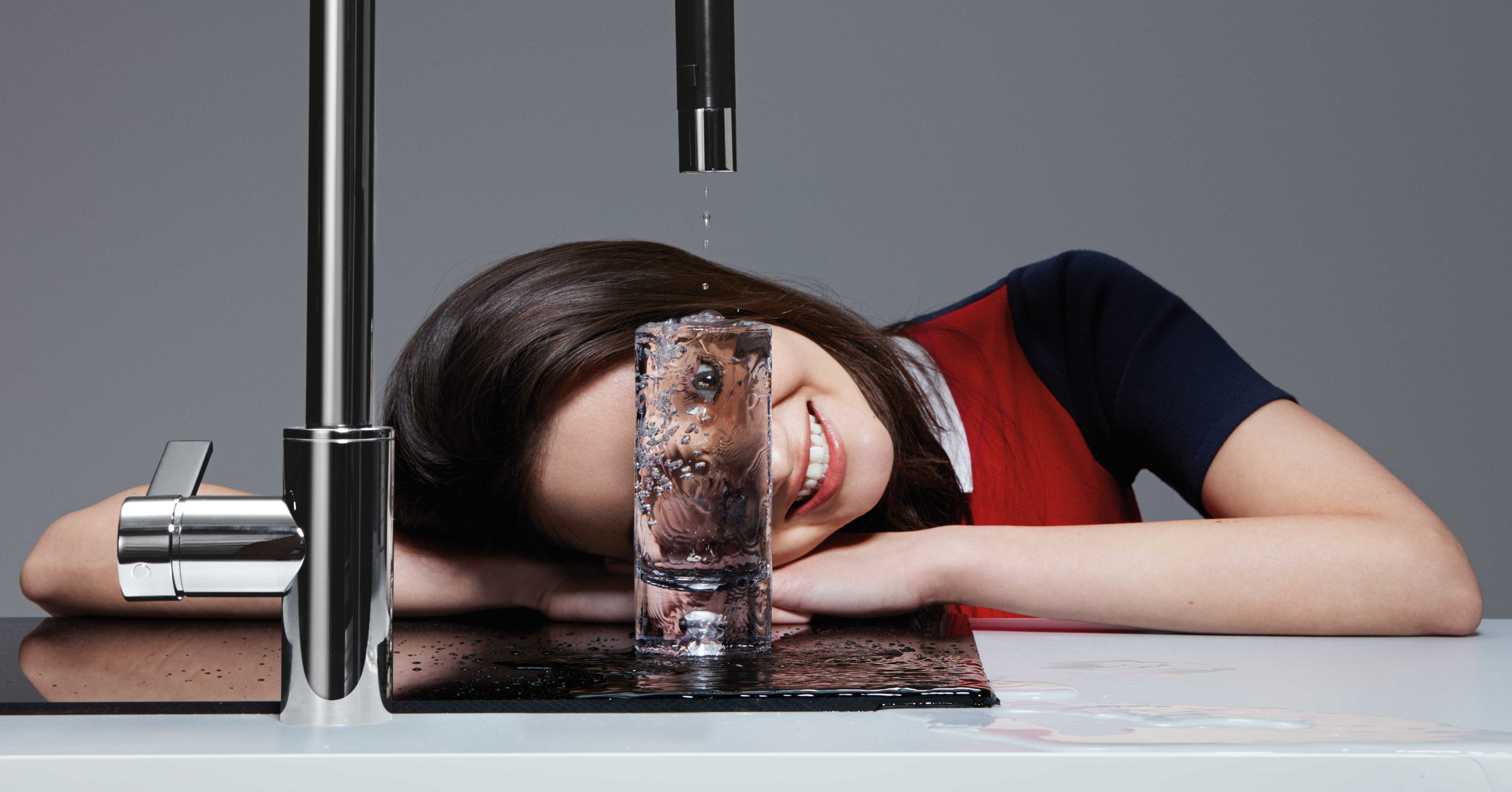As a theme, “the present” strikes a slightly desperate tone. Like a spin class instructor trying to power through a massive hangover. Exhibitions have increasingly come to resemble TED Talks—theaters of competence. There is a pleasure principle at play, not too different from disaster films or horror movies. People clutch their tote bags a little tighter when they hear the phrases “big data,” “filter-bubble,” “post-internet,” and “anthropocene” amplified through the venue speakers.
Welcome to the post-contemporary. The future feels like the past: familiar, predictable, immutable—leaving the present with the uncertainties of the future. Is Donald Trump going to be president? Is wheat poisonous? Is Iraq a country? Is France a democracy? Do I like Shakira? Am I suffering from depression? Are we at war?
It is the present that is unknowable, unpredictable, and incomprehensible—forged by a persistent commitment to a set of fictions. There is nothing particularly realistic about the world today. A world in which investing in fiction is more profitable than betting on reality. It is this genre shift from sci-fi to fantasy that makes it inspiring, open, up for grabs, non-binary. The supergroup(s) of artists and collaborators that we have mobilized is not fatigued but energized by this uncertainty. In this climate anyone can begin to build an alternative present, reconfigure failed narratives, decipher meaning from continual flux.
So we imagine the city of Berlin driven by these energies. Pariser Platz is our point of departure. An iconic tourist trap, it is the site where Michael Jackson once dangled his baby from his Adlon Hotel balcony in a private-public performance that anticipated the throngs of selfie sticks that now frame every historical site in Berlin. This square is surrounded by largely unseen networks of corporate and national power: it’s where Lockheed Martin, Allianz Stiftungsforum, DZ Bank, and BP Europa SE reside alongside the U.S. and French embassies.
The common tools of visual and political persuasion—variously employed by state and market, left and right, art and commerce—swarm both the biennial as institution and “art” as a category of cultural production. The 9th Berlin Biennale for Contemporary Art materializes the paradoxes that make up the world in 2016: the virtual as the real, nations as brands, people as data, culture as capital, wellness as politics, happiness as GDP, and so on.
The age of the customizable sneaker, political narrowcasting, algorithmic taste, and individuated diet regimes has splintered the universal into a multiplicity of differences. Just as the figure of the individual seems to loom larger than ever, her individuality has been busted up and shattered into fragments by countervalent, contradictory forces. The 9th Berlin Biennale will create a stage for this actor of the self to roleplay her own obsolescence.
Our proposition is simple: Instead of holding talks on anxiety, let’s make people anxious. Rather than organizing symposia on privacy, let’s jeopardize it. Let’s give a body to the problems of the present where they occur so as to make them a matter of agency—not spectatorship.
Instead of unmasking the present, this is
The Present in Drag.
DIS: Lauren Boyle, Solomon Chase, Marco Roso, David Toro
IMAGE: Untitled (Not in the Berlin Biennale), 2016; © Roe Ethridge, Chris Kraus, Babak Radboy; image from Not in the Berlin Biennale; photography Roe Ethridge; special thanks to Andrew Kreps; Capitain Petzel, Berlin
